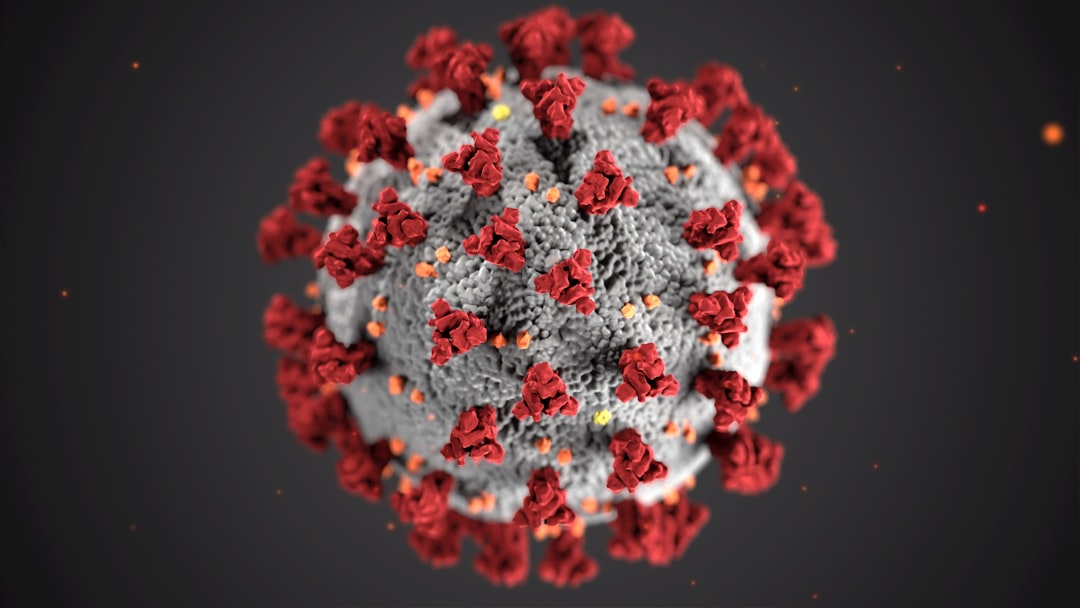What is it about?
The main objectives of the paper are to determine the mechanical characteristics of multilayered steel by hot forging. The approach is to obtain bimetallic layered steel by hot forging. This new multilayer system combines the advantages of both materials and reduces the major inconvenience of each one being taken separately. Often, the outer part of the piece is made of other metallic material to provide outstanding properties, as well as to reduce the cost price.
Featured Image

Photo by Hal Gatewood on Unsplash
Why is it important?
The multi-layered system studied was made by hot forging 36 layers of material 40x40x1000 mm; the forging temperature was 1250ºC. Two materials were used, a 30x5 mm C45 band according to EN 10083-2:2006-10 [23] and the S235JR steel band (30x5 mm) according to EN 10025:2:2004 [24], to produce three types of bars from which test specimens were prepared for mechanical tests (impact test SR EN ISO 148:2017 [25], tensile testing of metallic materials SR EN ISO 6892-1:2016 [26], hardness test EN ISO 6506:2015 [27]). The test pieces were processed by shaping to the Charpy impact tests (U notch), as follows: S235JR multilayer steel specimens Fig. 1a, multilayer steel C45 specimens Fig. 1b and specimens consisting of two sandwich multilayer materials (C45 - S235JR - C45) Fig. 1c. The borax was used to clean the oxides between layers, ensuring better bonding of the layers.
Perspectives
The results of the impact test have highlighted that the ductility of the layered structure is better than the constituent steel layers. Charpy impact test shows better results for the proposed sandwich structure with 44% higher energy than for the C45 multilayer steel test samples and 26% higher energy than for the S235JR multilayer steel and also, with 7% higher energy than S235JR steel (EN 10025: 2: 2004). From the point of view of requesting a bicycle frame made of the sandwich system material, an exterior with the strongest layers from more fragile material (C45 multilayers) and an inner ductile material (S235JR multilayers) exhibits a higher malleability. So that may be a warning to the user and it can avoid serious injuries caused by its total breakdown. Tensile strength of the final layered steel lies between the strong and soft steel layers, however, the ductility of the layered structure had similar behavior to S235JR tensile test specimens. The hardness tests show that the hot forging method of C45 multilayer materials was a method that improves hardness by 7% compared to EN 10083-2: 2006. Similarly, the hardness increase for S235JR multilayer steel exceeds the reference value, EN 10025-2: 2004 S235JR, by up to 20%. The sandwich system material behaves ductile on layers according to SEM. Inside the specimens, the layered material behaves ductile. Along the interface between the two types of layers, the behavior of the layer tends towards fragility, the evidence being the remnants of the remaining layer after breaking
PhD Ioana Monica Sas-Boca
Universitatea Tehnica din Cluj-Napoca
Read the Original
This page is a summary of: Research on the mechanical properties of C45/S235JR multilayer steel systems, Procedia Manufacturing, January 2019, Elsevier,
DOI: 10.1016/j.promfg.2019.02.176.
You can read the full text:
Contributors
The following have contributed to this page










